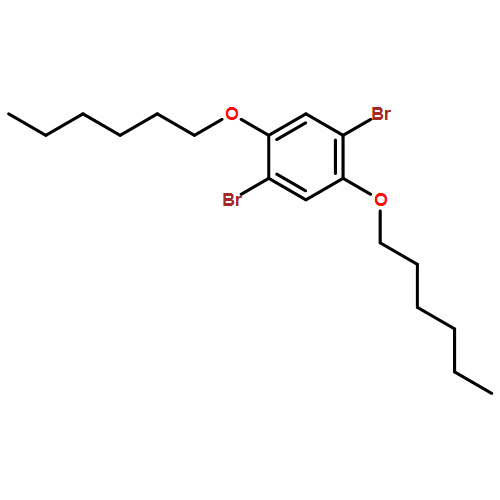Co-reporter: Huifang Shi, Zhongfu An, Pei-Zhou Li, Jun Yin, Guichuan Xing, Tingchao He, Hongzhong Chen, Jingui Wang, Handong Sun, Wei Huang, and Yanli Zhao
pp: 808-813
Publication Date(Web):January 6, 2016
DOI: 10.1021/acs.cgd.5b01400
Achieving highly efficient phosphorescence in metal-free materials under ambient conditions remains a major challenge in organic optoelectronics. Herein, we report a concise approach to obtaining pure organic phosphorescence with high quantum efficiency of up to 21.9% and millisecond-scale lifetime by manipulating heavy-atom interaction based on a class of dibromobenzene derivatives in the solid state under ambient conditions. By comparing two pairs of the organic compounds designed, the one with two more bromine atoms on the alky terminals (PhBr2C6Br2/PhBr2C8Br2) showed higher luminescence efficiency than the other one (PhBr2C6/PhBr2C8). From the single-crystal analysis, it was proposed that the enhancement of phosphorescence resulted from increased intermolecular heavy-atom interaction in the organic crystals. Furthermore, a temperature sensor was demonstrated by using a model probe of this kind of organic phosphorescent crystals. This work not only provides a concise alternative to enhance phosphorescence in metal-free materials but also extends the scope of pure organic phosphorescent materials with high luminescent efficiency in a single component.
